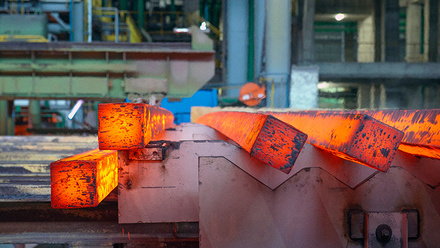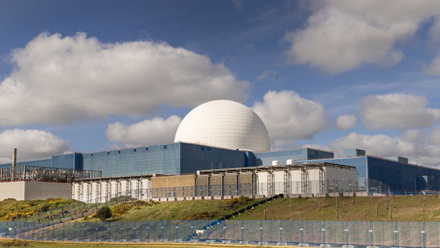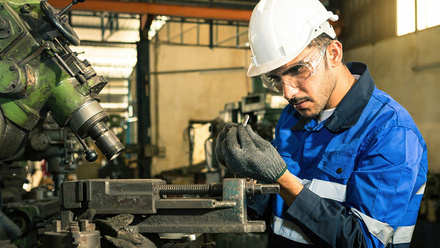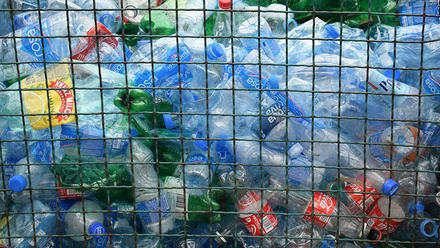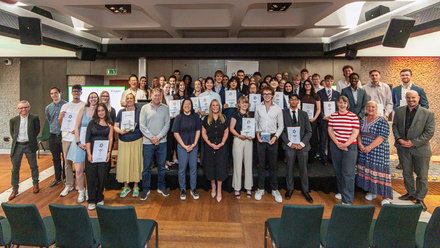Lessons from the Nordic energy transitions
In an interview with Jonathan Aiach, Director at Nordic investment firm CapMan, he asserts that the Nordic countries were more prepared for the energy crisis that is now engulfing Europe, largely due to the geo-political status of Denmark, Sweden, Norway, Finland and Iceland.
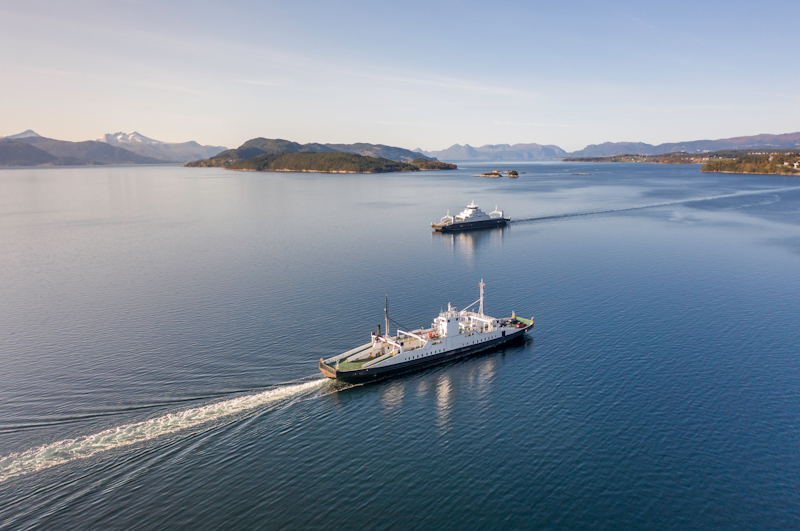
These countries were already heading towards domestic self-sufficiency well before the energy crisis came into view, with strong investment in renewables.
On the one-hand, there is a greater culture of state intervention and a welfare state that drives demand for energy solutions and security.
On the other hand, Finland and Norway share a border with Russia and this geo-political history has played a role in energy policy. Finland has 'always seen Russia as a military threat', notes Aiach, so there was already a dialogue about energy security in the region before it became a crisis.
Added to this, quite simply, they are colder and at times darker countries, which demand more energy to heat and light homes in winter conditions.
Moreover, an energy mix is an important element of the Nordic countries’ profile. Aiach says, 'The current energy mix in those countries is quite good in the sense that they are using reliable sources of energy, diversified and not dependent on
one single external provider.' At the same time, 'the industries are trying to become greener'.
The government is still subsidising many of the renewables projects, he outlines. 'So, I think you will see…expansion of wind farms and a lot of solar energy as well being developed.'
This extends to transport infrastructure in countries such as Finland. Capman has a company in its portfolio, Koiviston Auto, which is working towards electrifying its fleet of buses in the country. CapMan also helped increase the number of electric ferries in Norway from just two in 2019 to 18 in 2022, reducing the overall CO₂ emissions of ferry company Norled, by 30% in three years.
The Norwegian state has encouraged this transition through subsidies, encouraging technical innovation, and through the release of public tenders focused solely on electrical transportation.
'They [the Nordics] were early movers there, [with good] integration, because they were all very coordinated, and they were all seeing the problem in the same way.'
He also credits a dynamic private sector. 'A lot of private funds of investment companies are funding those transitions as well.' He explains that the development of this area over the past 10 years has been quite significant, with the state playing a big role in incentivising the private sector in his view.
So, while the 'energy crisis is forcing everyone to coordinate better to have more linear energy…this is pushing everyone to accelerate the transition. And this is also giving way to a lot of projects that are going to become interesting financially.'
The difference with the Nordics is, 'for them the Russian threat was very acute before and so they’ve planned against it'.
He also notes it was becoming more expensive in countries such as Sweden to produce energy, because of the high cost of land and the time needed to obtain supplies from various countries to build wind farms, for example. 'This caused a big debate. The sourcing from China is another issue yet again.
'Now, these projects have become more profitable than they were five years ago…the energy crisis has also fostered that.'
He adds, 'The problem is when you’re talking about more political things, I would call them soft factors. It’s always quite subjective to assign responsibility and merits.'
For Aiach, Norway remains a strong example from which the rest of Europe could learn. 'Because Norway has basically derived all of its wealth from oil…So, I think it’s gone from being really like the Saudi Arabia of Europe to becoming a very strong innovator.'


